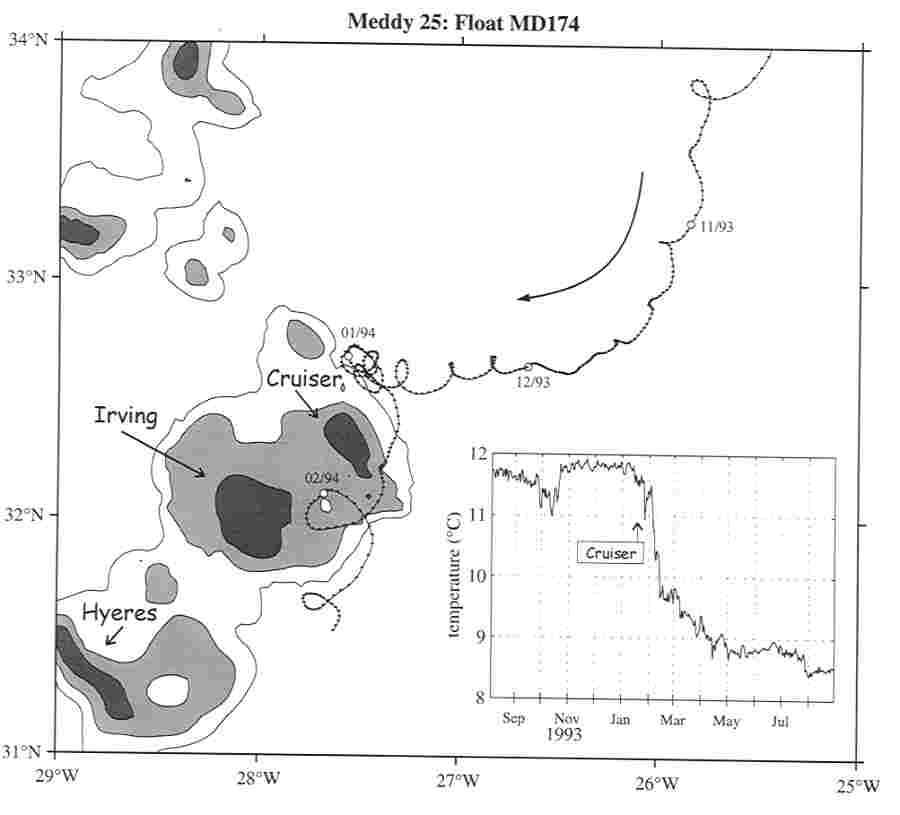
Figure 1. Collision of a Meddy #25 with Cruiser Seamount.
Topic Area
LCDR(sel) Michael Roth, USN
Meddies are important contributors to the maintenance of the Mediterranean Sea tongue as well as the westward salt flux in the Atlantic Ocean. Meddies are anticyclonic, warm/salty core, subsurface features which makes tracking them through satellite difficult. Therefore most experiments have used Range and Focusing of Sound (RAFOS) floats to track Meddies in a Langrarian manner. These sub-mesoscale features have diameters of 20-100 km, salinity and temperature anomalies of 1 PSU/4 ºC at the core, vertical thickness that ranges from 600-1700 m centered at 1000 m and azimuthal velocities of up to 30 cm/s.
Although research shows Meddy formation takes place in many locations north, south, west and within the Iberian Basin, many experiments have focused on those Meddies formed in the vicinity of Cape St. Vincent and the Tejo Plateau. In the vicinity of these landmass features, the strong Mediterranean Undercurrent and the anticyclonic shear associated with the sharp bend caused by the protruding features cause the spawning of Meddies which propagate westward.
The AMUSE experiment (1993-1995), the SEMAPHORE exeriment (1993- 1994), and several other meddy research experiments show the impact of bathymetry in the Iberian Basin and Canary Basin on the life of a Meddy. An estimated 90% of Meddies collide with major seamounts. These collisions can often lead to the death of a meddy, significant weakening of the Meddy or bifurcation of the Meddy. Meddies also can coalesce and those that navigate around the seamounts can have lifespans in excess of 5 years. In general, the typical lifespan of a Meddy is 1.7 years and an estimated 27 Meddies exist in the Eastern Atlantic at any given time.

Bower, A.S., L. Armi, and I. Ambar, 1997: "Langrangian Observations of Meddy Formation during A Mediterranean Undercurrent Seeding Experiment." J. Phys. Oceanogr., 27, 2545-2574.
Richardson, P.L., and A. Tychensky,1998: "Meddy trajectories in the Canary Basin measured during the Semaphore experiment, 1993-1995." J. Geophys. Res, 103, 25029-25045.
Richardson, P.L., A.S. Bower, and W. Zenk, 2000: "A census of Meddies tracked by floats." Progress in Oceanography, 45, 209-250.
| This is a government-maintained internet site. Please read the U.S. Navy web page disclaimer and the dislaimer regarding external links. |